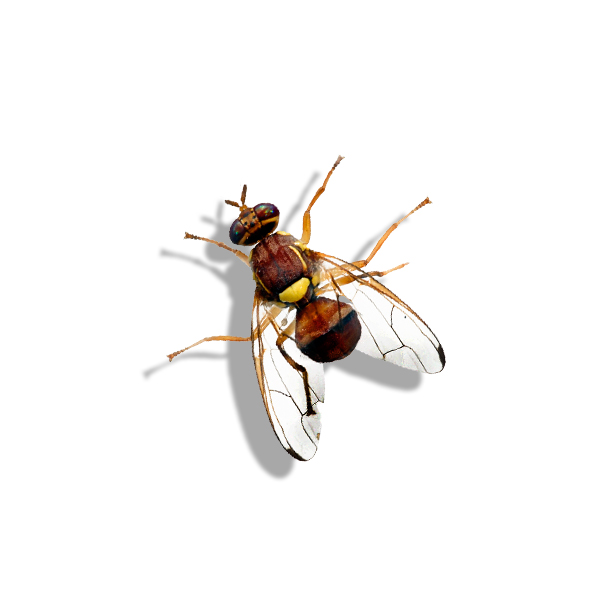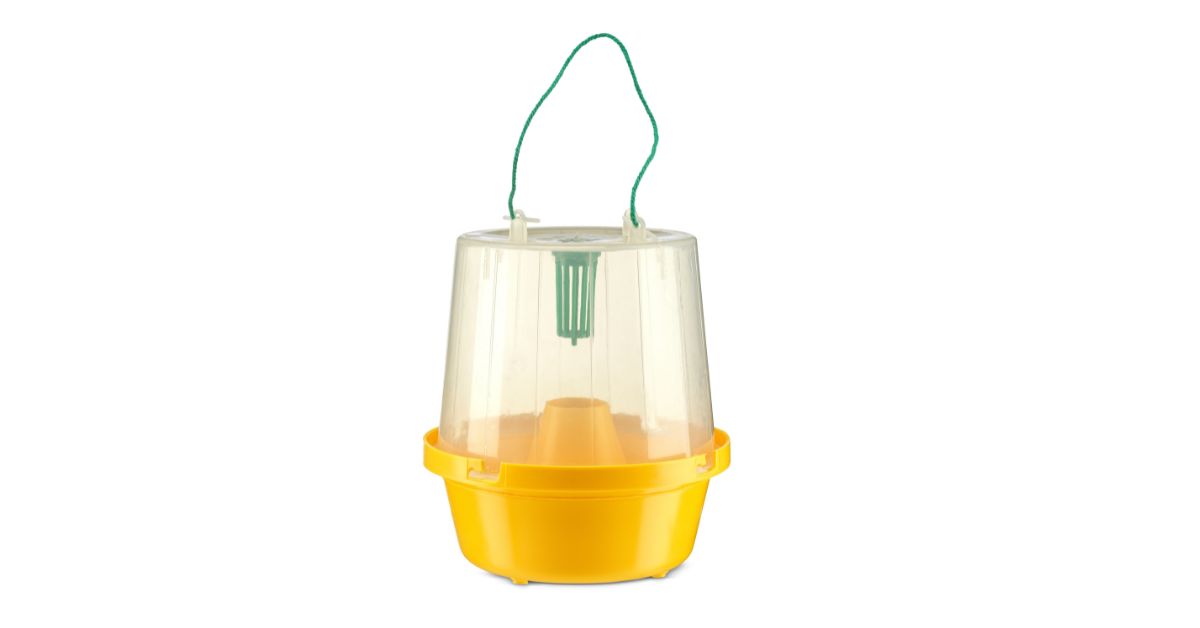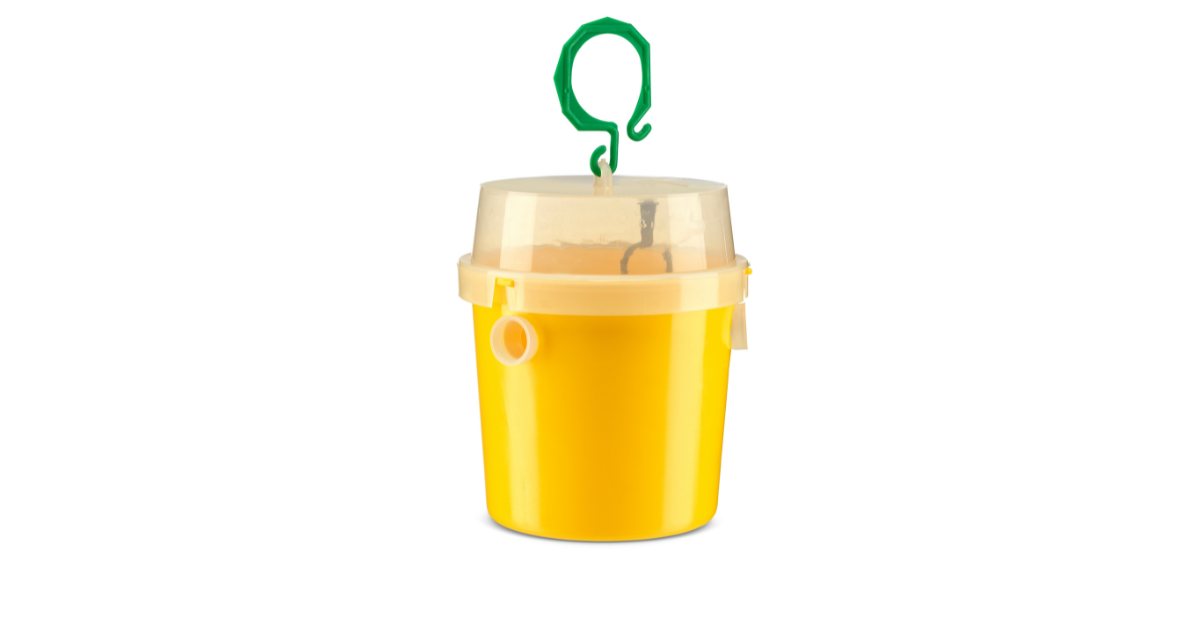
Biology
Nature of Damage
Monitoring
Lures for pest monitoring
Lures
Lures can be changed every 4-6 weeks to get the most accurate results.
Lures Handling
Pheromone lures are a very sensitive tool. They can be affected by exposure to elevated heat and direct sunshine. Direct touching by hand may cause cross contamination leading to mixed catches in the trap. Some contaminants such as Nicotine May have repellent effect reducing trap catch.
Lure Storage
Store in a cool dry place. Shelf life can vary from 3-36 months depending on the storage temperature. See Technical Data Sheet for further details.
Trap Selection
Do not re-use the trap to monitor different insects as this may lead to mixed catches. One-two hundred traps for every hectare of large scale fields of homogenous lands.
The Ceranock trap is the most sensitive trap to use for monitoring this insect. However, the Tephridae trap may be used in dusty conditions or with high population density.
The Trimedlure for males can also be applied directly to the trunk of trees.
Trap Density
To establish the efficacy of the Ceranock bait station, two female monitor traps per hectare must be hung out at the same time as Ceranock bait stations are placed in the orchard.
Trap Position
Use 100- 200 Ceranock’s per hectare in citrus and subtropical orchards with trees up to 5 meters tall. In case of bigger trees, 100-200 Ceranock’s per hectare are recommended and should be hung 3 meters and higher above the orchard floor. With deciduous fruit and grapes, a minimum of 200 Ceranock systems
per hectare are recommended, irrespective of the tree size.
Data and Interpretation
Collect data weekly from the start of the flight of the over wintering generation. During the height of the population more frequent reading may be needed. Decisions on pesticide application should not be taken solely on the trap catch data. Climatic and biological considerations should be taken in account.



